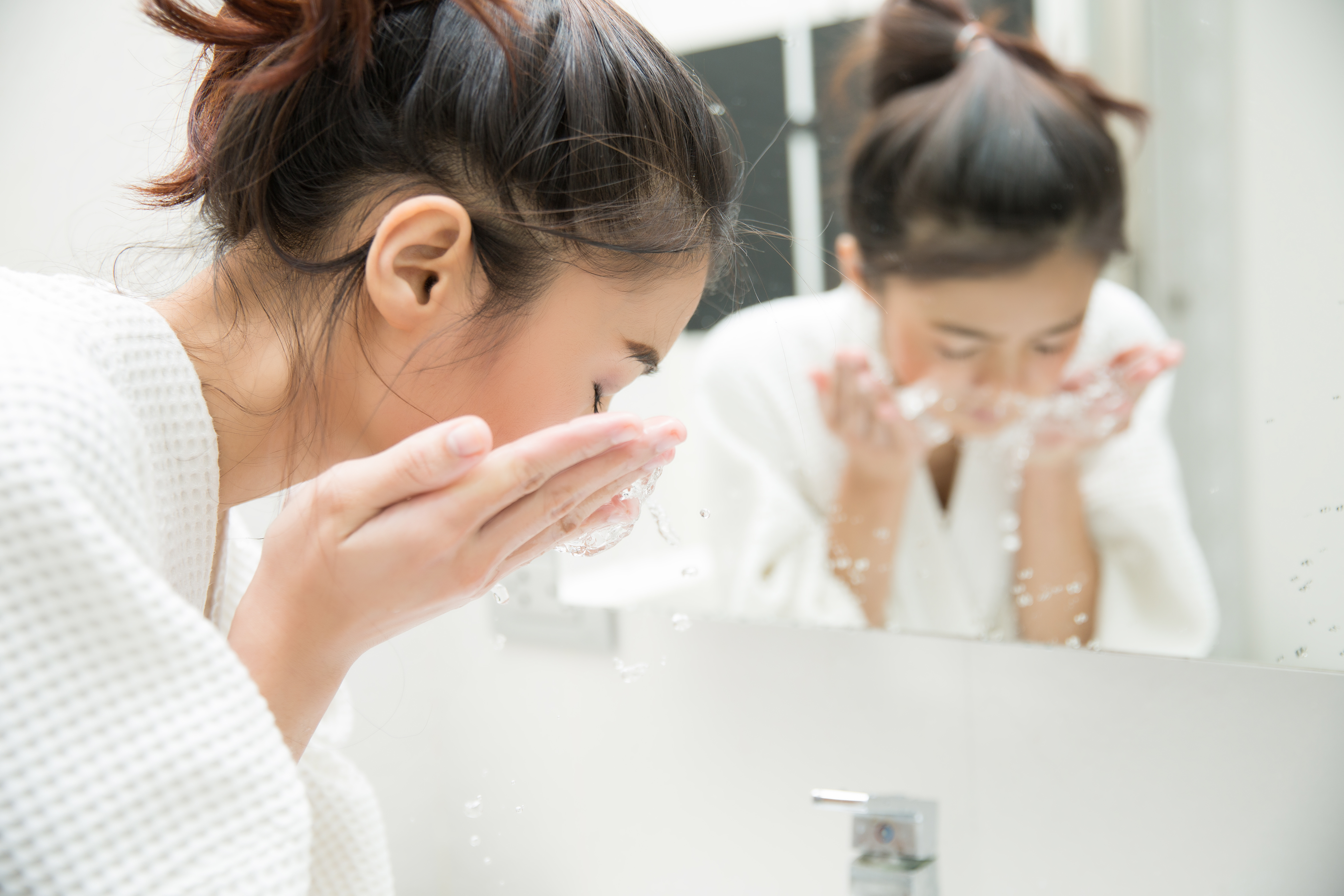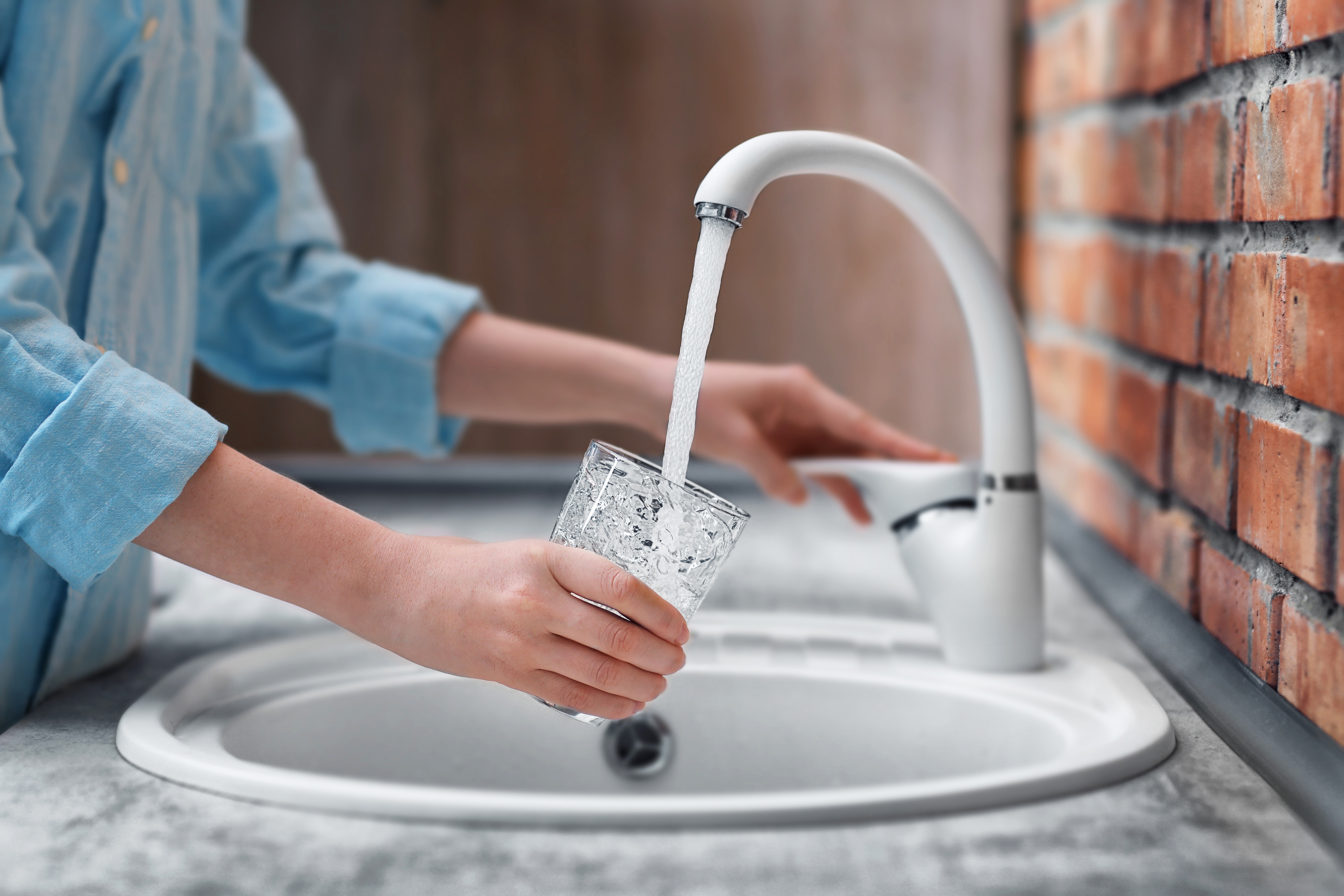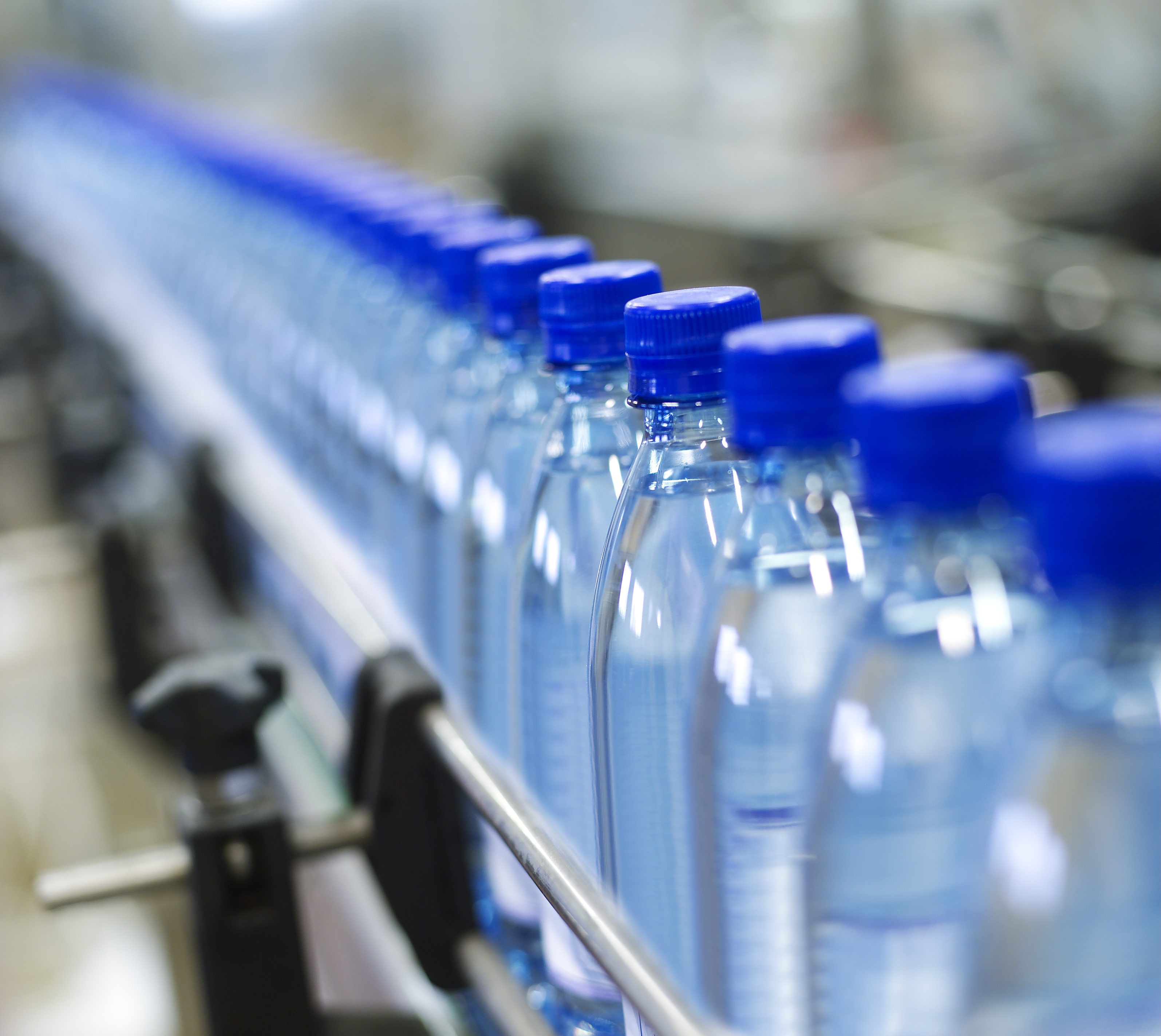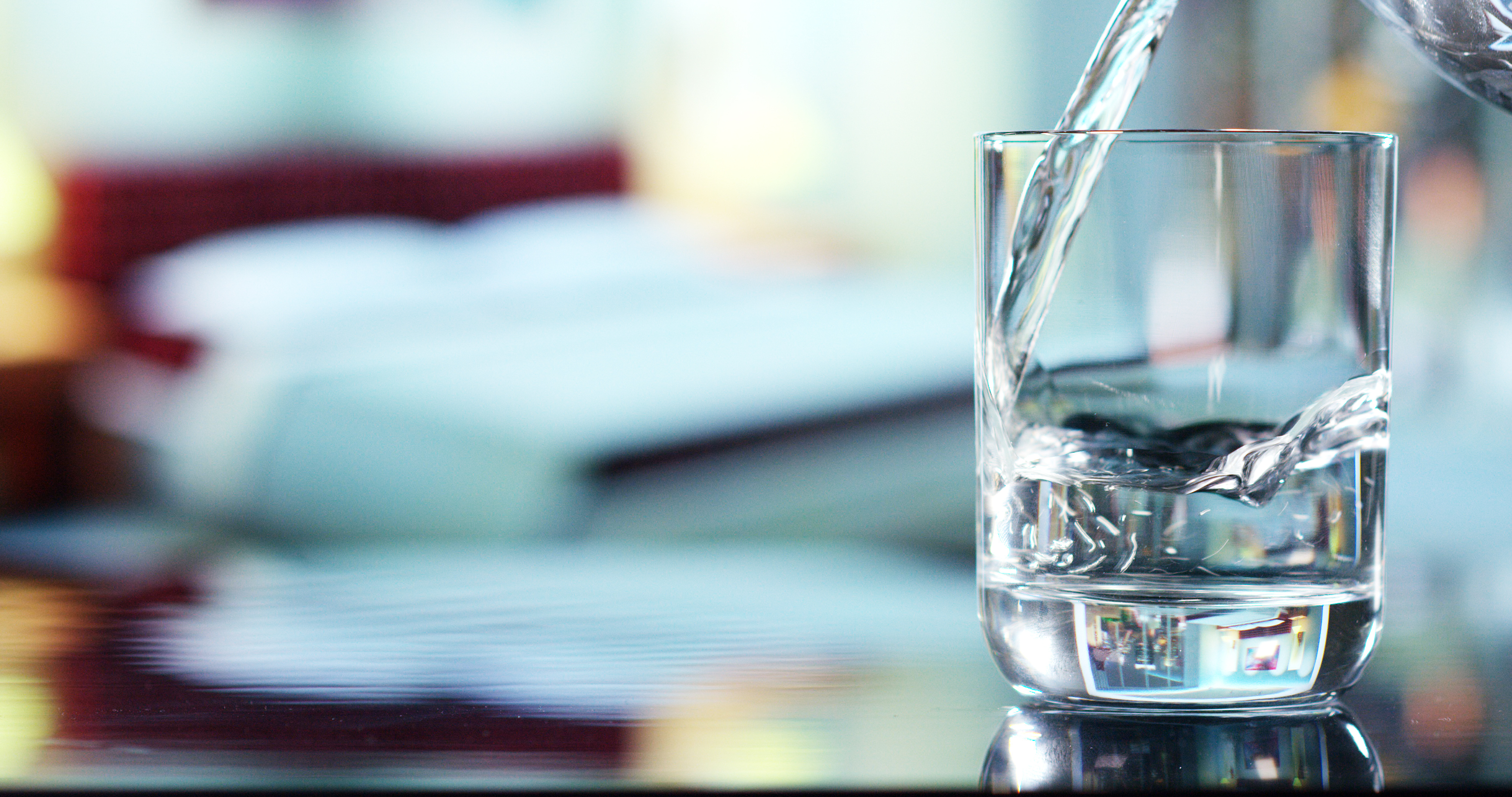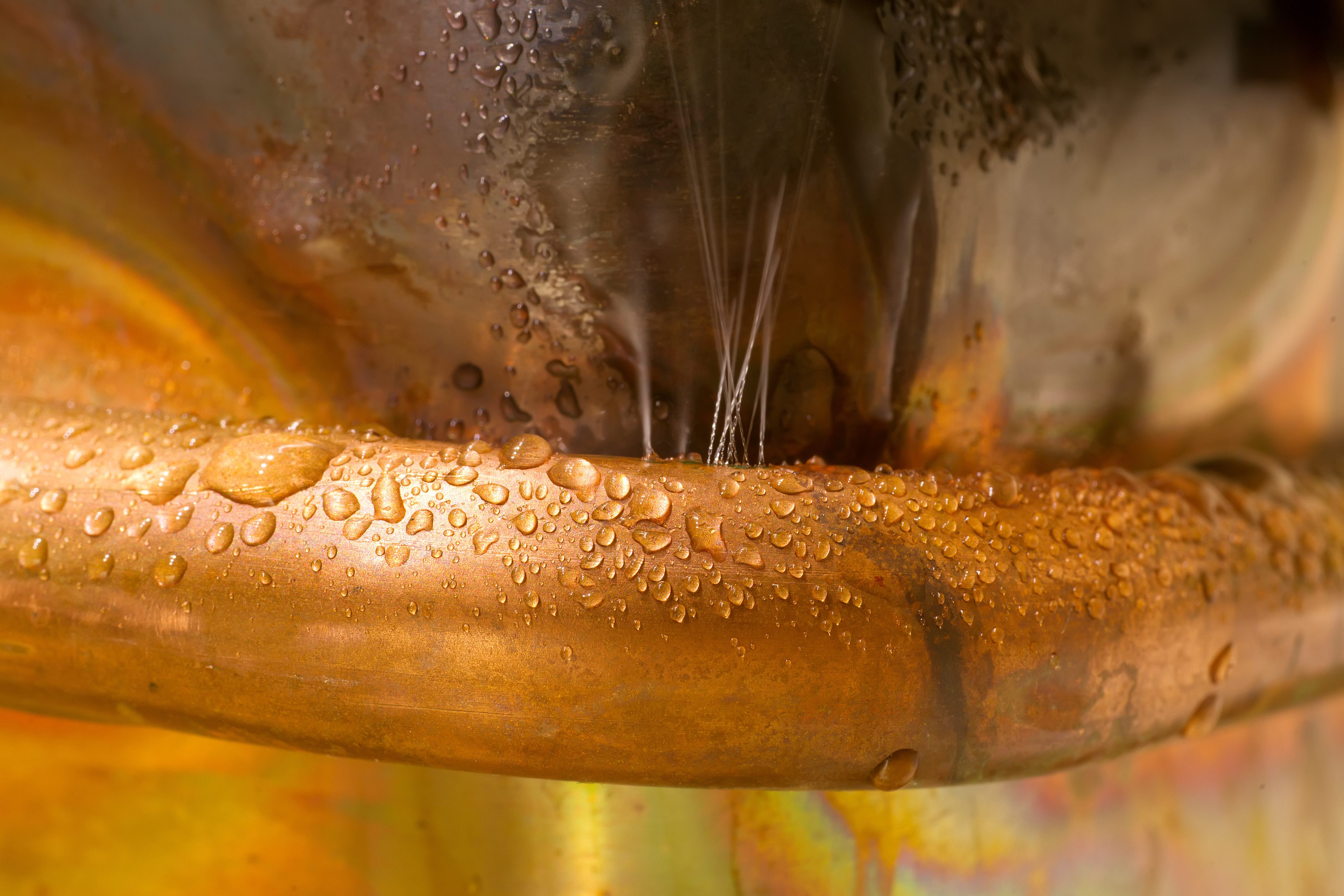Water is the component which is essential to maintain human life. Without water, humans cannot survive. Water is not only used for consumption but it is also used in households for various tasks like cleaning and cooking. It is necessary that the water used for consumption, cleaning and cooking should be clean and free of pollutants. The water should not be ‘hard’. Hard water is the type of water which contains a specific amount of calcium and magnesium particles. If the concentration of calcium carbonate in water is more than 10.5 grains per gallon, the water is considered to be very hard.
There are several signs of hard water that can be noticed by homeowners. Hard water can cause telltale scaly and white buildup around the kitchen fixtures and faucets. This is a classical sign of hard water. Along with these signs, the local water supplier can provide an annual report in which data is provided about the water quality.
Hard water can ruin homes. It can destroy the appliances and disrupt the infrastructure. Following are different ways through which hard water can cause havoc in households:
- Hard water is the cause of buildup of heavy minerals along the water pipes of the house. This can cause clogs in the shower drains and sinks. If this condition is left untreated, it can cause damage to the pipes and even cause leaks.
- Calcium deposits from hard water can cause the blockage of nozzles, sprayers, pumps and drains of appliances like washing machines, dishwashers, coffee makers and various other items. Clogged pipes due to hard water will result in obstructed water flow to and from these appliances. This decreases the efficacy and lifespan of the household appliances.
- The suspended calcium and magnesium particles are deposited in heaters. This can cause a sharp decrease in the efficacy and performance of the heaters.
- Hard water can also effect humidifiers as the magnesium and calcium particles are deposited in them as well. This reduces the efficacy of humidifiers.
- Hard water ultimately ends up affecting the wallets of house owners. As stated above, hard water decreases the efficacy and performance of household appliances. That will cause the house owners to spend money and get new appliances which will put a strain on their pockets.
It is crucial to take necessary measures to deal with hard water.

